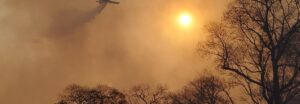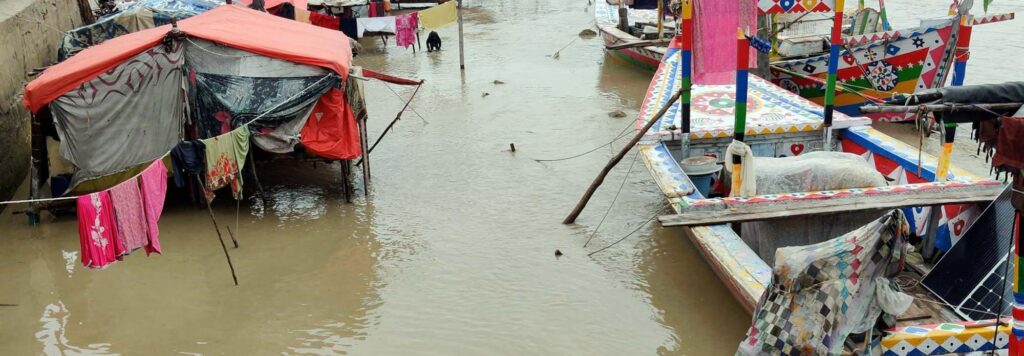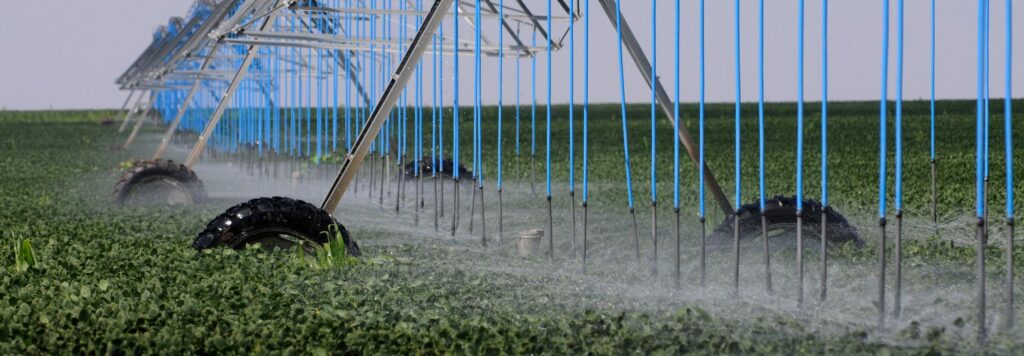South America is ablaze, with record-breaking fires burning even in typically moist ecosystems like the Amazon rainforest. High temperatures and persistent drought fueled by the El Niño event that ended earlier this year — as well as longer-term changes driven by deforestation and climate change — have caused fires to spread across millions of hectares and several countries, threatening lives and property and creating dangerous levels of air pollution in cities like Sao Paulo and Rio de Janeiro.
Data on WRI’s Global Forest Watch platform shows that the number of fire alerts in the Amazon region are 79% higher than average for this time of year.
And while this year’s record-breaking fires are concerning, they’re also part of a worrying long-term trend. Analyzing data from 2001-2023, fires in the Amazon region are now burning at least twice as much forest today as they did 20 years ago.
Here, we look at the current situation and long-term trends in a few key South American countries, using fire data available on Global Forest Watch.
Bolivia
Bolivia is experiencing its worst fire season in over 20 years, prompting the government to declare a national emergency. Our data shows over 29,000 fire alerts in the country from the beginning of the year through Sept. 16, 2024, with 90% of them occurring since July 1st. Roughly 70% of the alerts are in primary forests, valuable ecosystems that maintain biodiversity, support livelihoods, and store and sequester carbon.
While 2024 is a record-breaking year for fires in Bolivia, forest fires are a worsening trend in the country: Data shows that fires are burning roughly 5 times as much forest today as they did 20 years ago.
Brazil
Brazil, which contains about 60% of the Amazon rainforest, has seen more than 47,000 fire alerts so far this year — more than double the annual average for this time of year. Like Bolivia, almost all the fire alerts occurred in the last few months, many of them in Amazon.
Data from Mapbiomas, a Brazilian NGO, reports that fires have burned across more than 11 million hectares of land between January and August this year, an area roughly the size of Guatemala. According to their data, which stretches back to 1985, only one year — 1987 — had more burned area at this point in the year.
Increasing wildfire activity, along with high levels of deforestation, have already turned forests of the Brazilian Amazon into a net carbon source.
Peru
Peru, which houses the second-largest area of Amazon rainforest in South America after Brazil, has seen more than 450 fire alerts so far in 2024 — more than double the average at this stage of the year. About 61% of the country’s fires are burning in primary forests.
Fighting Fires in a Warmer World
Fires like the ones we’re seeing today are part of a dangerous and largely human-driven feedback loop.
Unlike boreal forests, where fires are a natural part of the ecosystem, fires in humid tropical forests like the Amazon are very rare and almost entirely human-caused. Many of the fires in the Amazon are caused by deforestation, which often involves setting fires to clear land for ranches and farms.
Evidence suggests that deforestation itself is responsible for regional changes in weather patterns that have resulted in larger and more severe droughts that make forests more susceptible to fire. When conditions are hot and dry, as they are this year, fires can quickly spread out of control and burn large areas of forest.
Beyond these direct causes, climate change is also making forests more susceptible to fire by increasing temperatures and shifting rainfall patterns on a global scale. The 10 warmest years since 1985 occurred in the last decade, and 2024 is on track to surpass 2023 as the warmest year yet.

And as forests burn, they release large amounts of carbon dioxide and other pollutants into the atmosphere, contributing to climate change and impacting air quality thousands of miles away. As forests regrow, they will recover some of the lost carbon, but it can take decades to recover what was lost in a single year.
As South American countries confront this year’s record-breaking fires and those to come, the focus must be on addressing both the direct and indirect drivers of forest fires.












